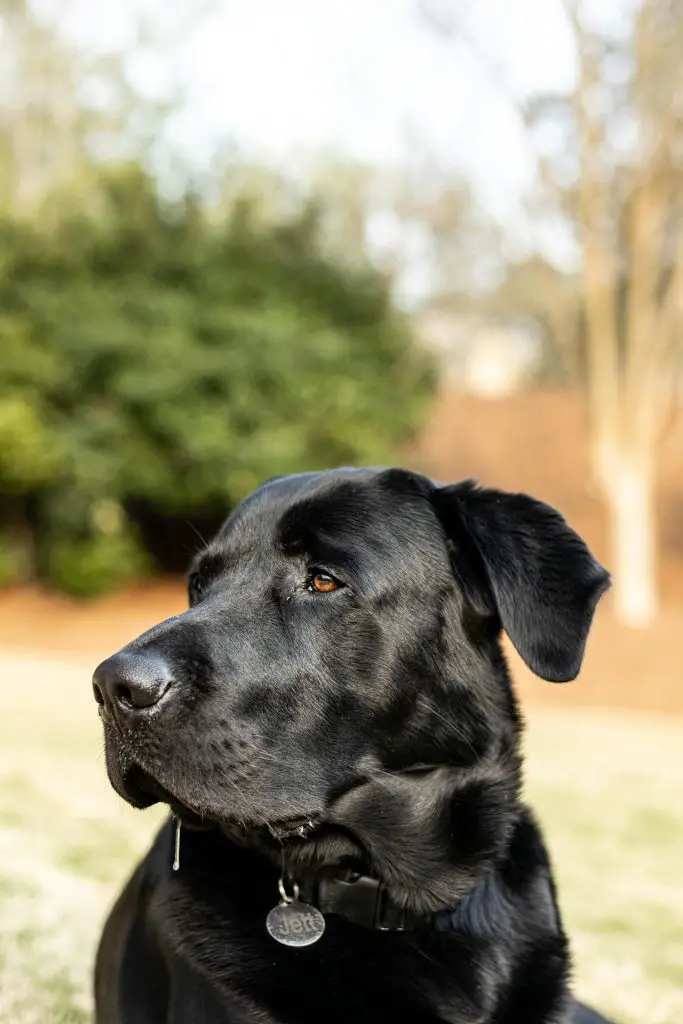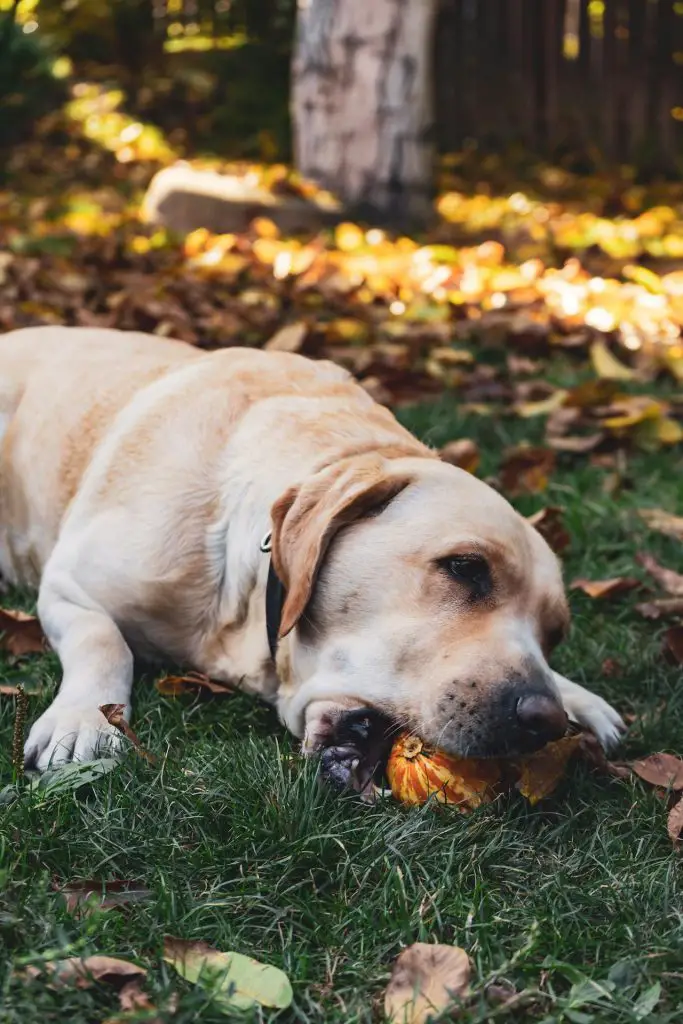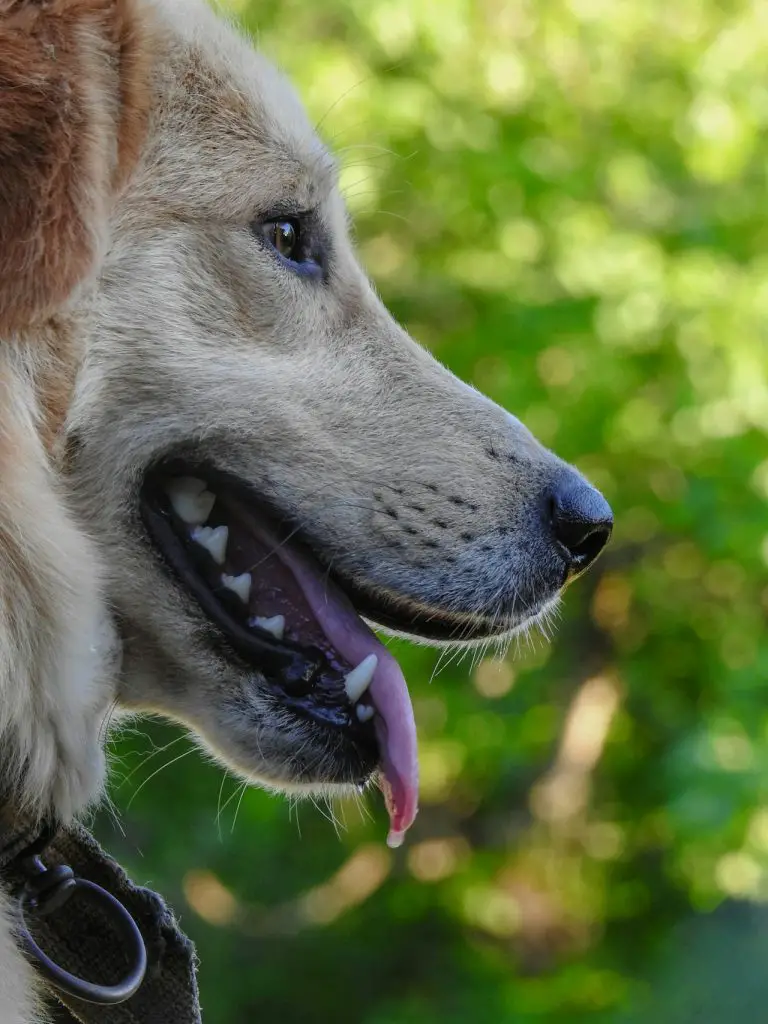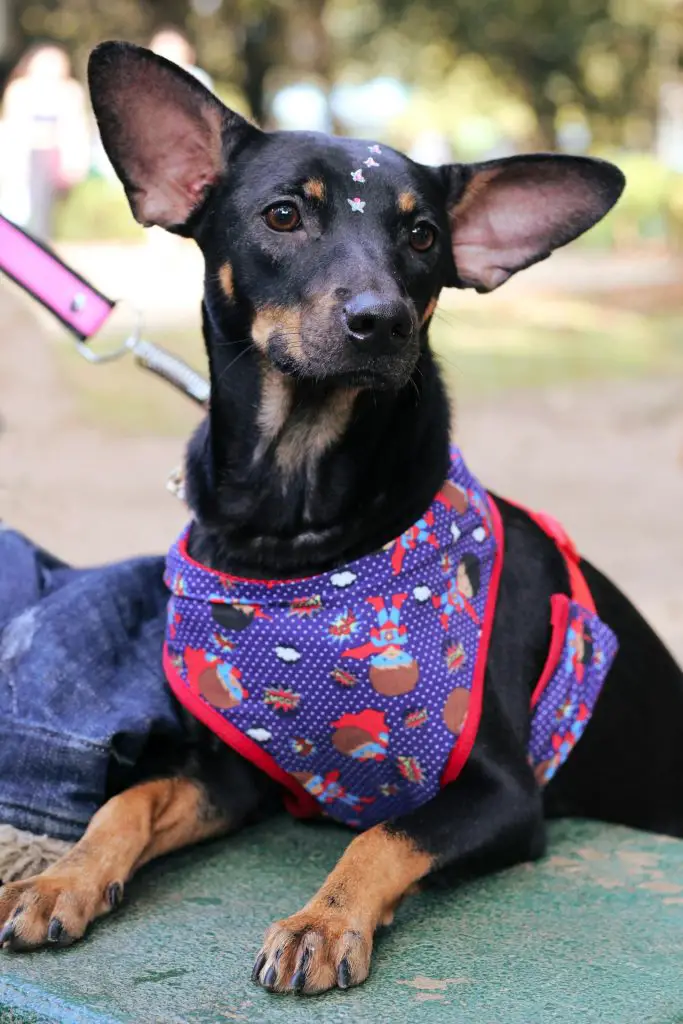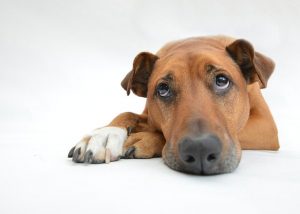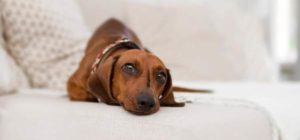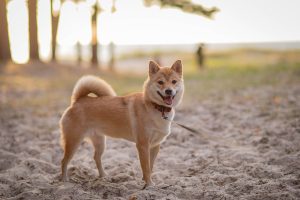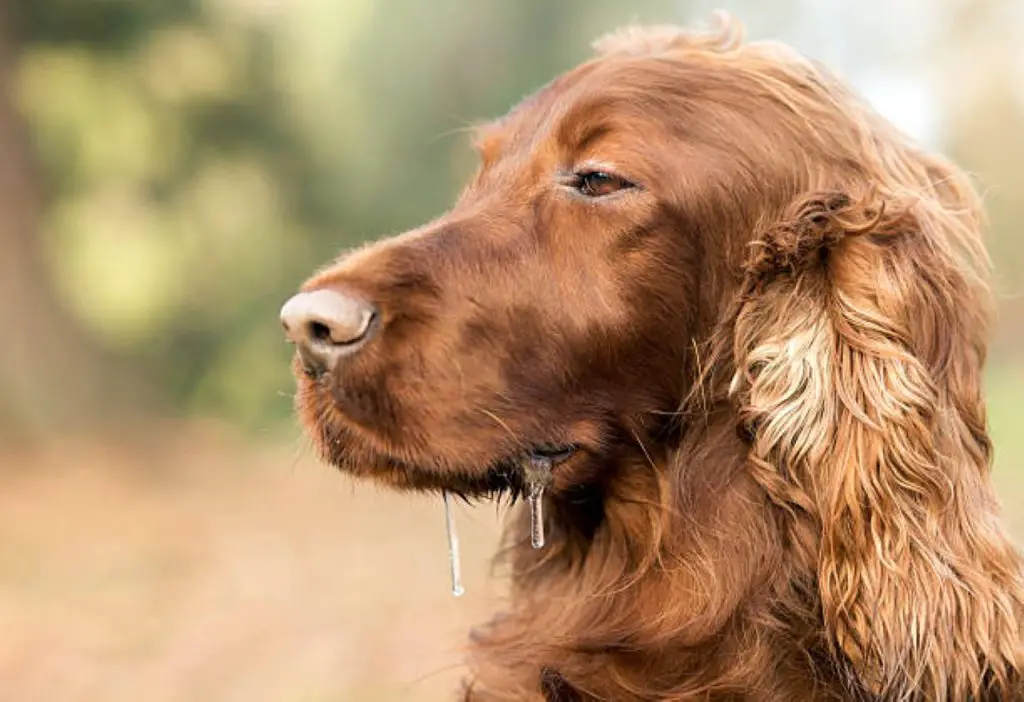
You’re likely no stranger to the occasional slobbery mess, but if you’ve noticed your dog’s drooling has become more frequent or excessive, it may be a sign of an underlying issue. Certain breeds, like Bulldogs and Pugs, are prone to drooling due to their loose, floppy lips. However, it can also be a symptom of medical issues such as dental problems, gastrointestinal issues, or emotional states like anxiety or stress. Identifying the root cause is key to managing your dog’s drooling. Examining your dog’s anatomy, health, and environment can help you uncover the reason behind their slobbery behavior – and there’s more to explore.
Table of Contents
Key Takeaways
- Certain breeds, like Bulldogs and Saint Bernards, are prone to drooling due to their loose lips and large mouth proportions.
- Dental issues, such as gum disease and tooth fractures, can cause painful drooling in dogs.
- Gastrointestinal problems, like blockages and inflammatory bowel disease, can lead to excessive drooling.
- Emotional states, including anxiety and excitement, can trigger increased salivation and drooling in dogs.
- A balanced diet and proper hydration can help minimize drooling, while nutritional deficiencies and dehydration can exacerbate it.
Breeds Prone to Drooling
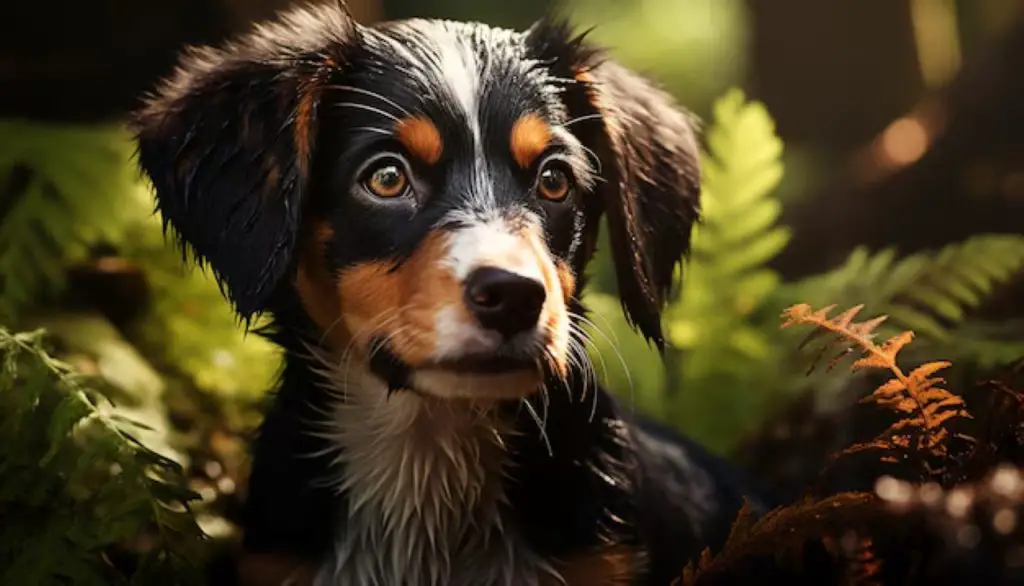
Many dog breeds are prone to drooling, with some being more notorious for their slobbery tendencies than others.
You may have noticed that certain breeds seem to drool more than others, and this is often due to their specific characteristics.
Breeds with loose, floppy lips and jowls, such as Bulldogs and Pugs, are more likely to drool due to their facial structure. These breeds have a higher incidence of drooling tendencies due to the way their mouths are shaped.
Other breeds, such as Saint Bernards and Newfoundlands, are also known to be heavy droolers. This is often due to their large size and the way their mouths are proportioned.
This post contains affiliate links. However all the information provided on this site are my own honest opinions. See more in Disclaimer.
You may notice that these breeds tend to drool more after eating or drinking, as their mouths are not well-suited to contain liquids.
Understanding the breeds characteristics that contribute to drooling tendencies can help you better manage your dog’s slobbering.
By recognizing the physical traits that lead to drooling, you can take steps to minimize the mess and keep your dog comfortable.
Anatomy of a Dog’s Mouth
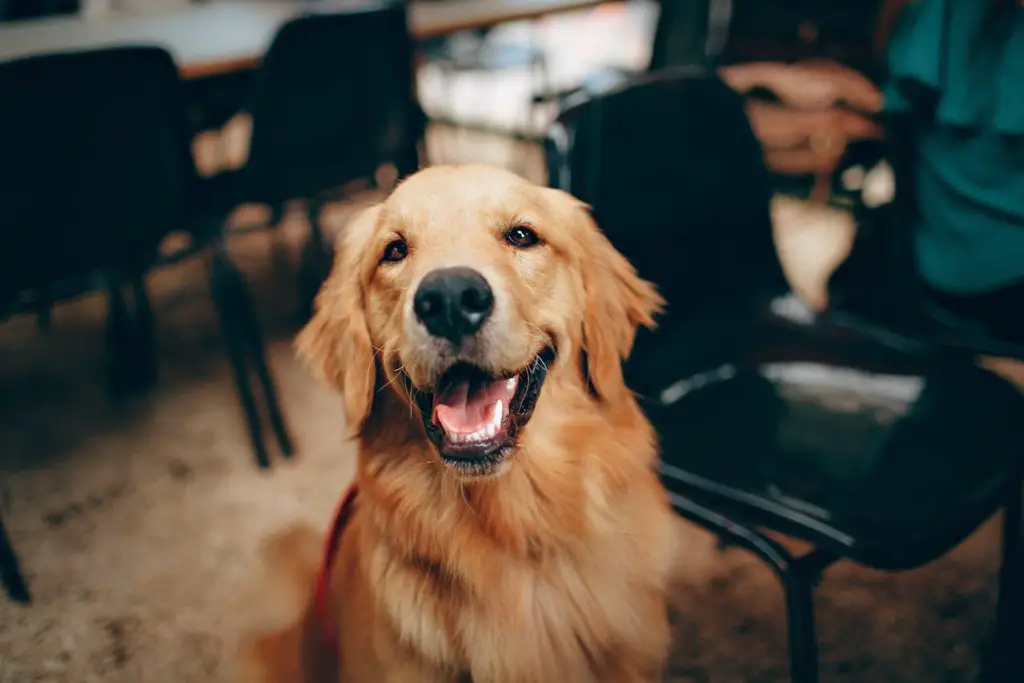
Approximately two-thirds of a dog’s skull is made up of its dental structure and related facial features, all working in conjunction to allow them to efficiently bite, chew, and swallow.
You should understand that a dog’s mouth structure is specifically designed for their unique feeding habits.
Their mouth is made up of 42 permanent teeth, including incisors, canines, and molars, which are all perfectly suited for crushing, shearing, and piercing their food.
The anatomy of a dog’s mouth also plays a significant role in the production and distribution of saliva.
Dog saliva composition is primarily made up of water, with enzymes such as amylase and lipase that help break down carbohydrates and fats.
You’ll notice that the salivary glands, located under the tongue and near the jaw, produce saliva that is then distributed throughout the mouth by ducts.
The mouth structure, including the lips, tongue, and teeth, work together to mix food with saliva, creating a bolus that can be easily swallowed.
Understanding the anatomy of your dog’s mouth can help you appreciate the complexity of their digestive process and the importance of their saliva in breaking down their food.
Medical Causes of Drooling
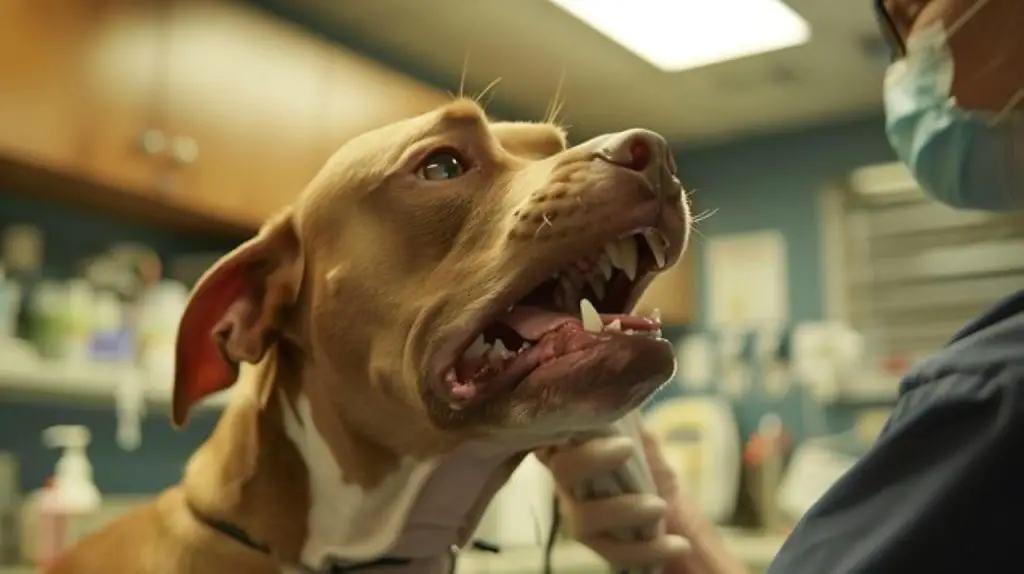
You’ve learned how your dog’s mouth is anatomically designed to facilitate drooling, but now it’s crucial to take into account the medical causes that may be contributing to your dog’s excessive drooling.
Dental issues, such as gum disease, tooth abscesses, or misaligned teeth, can lead to increased salivation and drooling.
Additionally, gastrointestinal problems like gastroesophageal reflux disease (GERD), inflammatory bowel disease, or gastrointestinal foreign bodies can also stimulate excessive drooling in your dog.
Dental Issues

Dental issues are a common medical cause of drooling in dogs. As a dog owner, it is crucial to maintain your dog’s dental hygiene to prevent oral infections that can lead to drooling.
Poor dental hygiene can cause a buildup of plaque and tartar, leading to gum disease and tooth decay. This can result in painful oral infections that stimulate excessive drooling.
Some common dental issues that can cause drooling in dogs include:
- Periodontal disease: a bacterial infection of the gums and bone that support the teeth
- Tooth resorption: a painful condition where the tooth structure breaks down
- Stomatitis: inflammation of the mouth tissues
- Oral abscesses: painful pockets of pus that form in the mouth
- Tooth fractures: cracks or breaks in the teeth that can expose the pulp and cause pain
Regular dental check-ups and cleanings can help prevent these issues and reduce the likelihood of drooling.
Additionally, providing your dog with dental chews and toys can help remove plaque and tartar, promoting good oral health. By maintaining your dog’s dental hygiene, you can help prevent dental issues that can lead to drooling.
Gastrointestinal Problems
Several gastrointestinal problems can cause excessive drooling in dogs. As a dog owner, it’s important to be aware of these potential issues to provide your pet with the necessary care.
Gastrointestinal blockages, for instance, can lead to drooling due to the accumulation of food, fluid, or gas in the digestive tract. This blockage can cause nausea symptoms, including drooling, vomiting, and abdominal pain.
In addition to blockages, other gastrointestinal problems like gastroesophageal reflux disease (GERD) and inflammatory bowel disease (IBD) can also contribute to excessive drooling.
These conditions can cause irritation and inflammation in the digestive tract, leading to nausea symptoms and drooling.
If you suspect that your dog’s drooling is related to a gastrointestinal issue, it’s important to consult with a veterinarian to rule out any underlying conditions.
Your veterinarian may perform diagnostic tests, such as radiographs, endoscopy, or blood work, to determine the cause of your dog’s drooling and develop an effective treatment plan.
Emotional and Psychological Factors
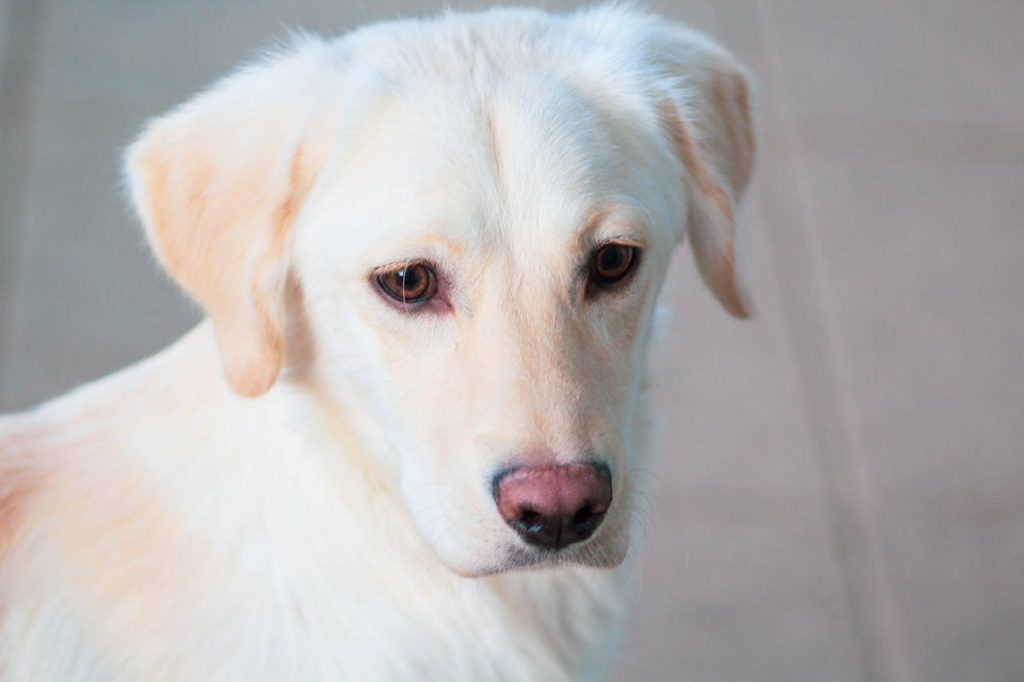
Emotional and psychological factors can greatly contribute to your dog’s drooling. As a dog owner, you know that your furry friend can pick up on your emotions and react accordingly.
Similarly, your dog’s emotional state can also impact their physical behavior, including drooling. Stress reactions and anxiety triggers can cause an increase in salivation, leading to drooling.
If your dog is prone to anxiety or stress, you may notice that they drool more frequently in certain situations. For example, during thunderstorms, fireworks, or when meeting new people or dogs.
Some common emotional and psychological factors that can contribute to drooling in dogs include:
- Separation anxiety
- Noise phobias
- Fear-based aggression
- Over-excitement or enthusiasm
- Medical conditions such as anxiety disorders
It’s essential to identify and address any underlying emotional or psychological issues that may be contributing to your dog’s drooling.
Consult with a veterinarian or a certified animal behaviorist to develop a plan to help your dog manage their stress and anxiety, which may, in turn, reduce their drooling.
Environmental Triggers for Drooling
Your dog’s environment plays a significant role in triggering drooling. As a dog owner, it is crucial to be aware of the environmental factors that can cause your dog to drool.
Weather conditions, such as high temperatures and humidity, can lead to increased salivation and drooling. Additionally, scent triggers can also contribute to drooling.
Certain smells, like food or treats, can stimulate your dog’s salivary glands, causing them to drool.
| Environmental Trigger | Description |
|---|---|
| Weather Conditions | High temperatures, humidity, and extreme weather conditions can lead to increased salivation and drooling. |
| Scent Triggers | Certain smells, like food or treats, can stimulate your dog’s salivary glands, causing them to drool. |
| Car Rides | Motion sickness and excitement during car rides can lead to drooling. |
| Anxiety-Inducing Environments | Places with loud noises or new environments can cause stress, leading to drooling. |
| Medical Equipment | Certain medical equipment, like a vet’s thermometer, can trigger drooling due to anxiety or discomfort. |
Diet and Nutrition Impact
A dog’s diet and nutrition play an essential role in their overall health, and it can also impact their drooling habits. You need to guarantee that your dog’s diet is well-balanced and meets their nutritional needs to prevent excessive drooling.
A diet that is lacking in essential nutrients can lead to an imbalance in your dog’s bodily functions, including their salivary glands.
Omega-3 fatty acids can help reduce inflammation in the mouth and salivary glands, potentially decreasing excessive drooling.
You should also monitor your dog’s hydration levels, as dehydration can cause excessive drooling.
Make sure your dog always has access to fresh, clean water, and consider adding a water fountain or a dampening agent to their food to encourage hydration.
Here are some key considerations when evaluating the impact of diet and nutrition on your dog’s drooling habits:
- *Guarantee your dog is receiving a balanced diet that meets their nutritional needs*
- *Avoid feeding your dog table scraps or high-sodium foods*
- *Limit your dog’s intake of sugary treats and snacks*
- *Consider adding a dental diet or a food specifically formulated to reduce salivation*
- *Monitor your dog’s food sensitivities and allergies*
Managing Excessive Salivation
To manage your dog’s excessive salivation, you’ll need to understand the underlying causes and identify ways to reduce saliva production.
By recognizing the triggers that lead to drooling, you can take steps to minimize their impact and prevent excessive salivation.
By addressing the root causes and implementing strategies to reduce saliva production, you can help alleviate your dog’s drooling and make mealtime a cleaner experience.
Causes of Drooling
Drooling in dogs can be caused by a combination of physiological and psychological factors, with the primary drivers being rooted in their anatomy and nervous system.
As a dog owner, it is vital to understand the underlying causes of your dog’s drooling to address the issue effectively.
Several factors contribute to excessive salivation in dogs. These include:
- Anatomical characteristics: Dogs have a unique oral anatomy, with a loose upper lip and a relatively small lower jaw, which can lead to drooling.
- Nervous system stimulation: The nervous system plays a significant role in regulating salivation, and overstimulation can trigger excessive drooling.
- Food and water: Certain types of food, such as fatty or salty foods, can stimulate salivation, while drinking water can also trigger drooling.
- Emotional state: Anxiety, excitement, or stress can cause an increase in salivation, leading to drooling.
- Health issues: Certain health conditions, such as gastrointestinal problems or neurological disorders, can also contribute to excessive salivation.
Understanding these causes can help you identify the underlying reasons for your dog’s drooling and take steps to address the issue.
Reducing Saliva Production
Now that you’re aware of the various factors contributing to your dog’s drooling, it’s time to focus on managing excessive salivation.
Reducing saliva production can be achieved through a combination of lifestyle changes and medical interventions. First, verify your dog’s hydration balance is ideal, as dehydration can exacerbate drooling.
Provide fresh water at all times, and consider adding a water-rich diet or a hydration supplement if necessary.
To improve saliva control, try to minimize your dog’s stress and anxiety levels, as these can trigger excessive salivation.
Provide a calm and comfortable environment, and consider stress-reducing aids like pheromone diffusers or calming treats. You can also try to redirect your dog’s attention away from stimuli that trigger drooling, such as food or toys.
In some cases, medical interventions may be necessary to reduce saliva production.
Your veterinarian may prescribe medications to decrease salivation or recommend surgical procedures to address underlying conditions contributing to excessive drooling.
By working with your veterinarian and implementing these strategies, you can help manage your dog’s excessive salivation and reduce drooling. Regular monitoring and adjustments to your dog’s care plan can help achieve ideal saliva control.
Frequent Questions and Answers
You can train your dog to stop drooling on command by identifying and managing drooling triggers, then using positive reinforcement training techniques, such as clicker training, to teach a “no drool” cue, rewarding calm behavior.
You’re exploring the relationship between drooling and canine intelligence. Research suggests that drooling is a complex dog behavior, influenced by various factors, including breed, health, and emotional state, rather than a direct indicator of intelligence in canine communication.
You’ll notice dogs drool more in humid climates, as high humidity effects their ability to evaporate water from their tongues, while temperature influences also play a role, with warmer temps increasing drooling due to panting.
You’re considering products to reduce drooling, but first, explore natural remedies and dietary changes. Anticholinergic medications and saliva-reducing treats are options, but consult a veterinarian to determine the best approach for your dog’s specific needs.
You’re likely to notice puppy drooling is more common than adult drooling due to teething, exploration, and learning to regulate salivation. Puppies tend to drool more as their teeth erupt and they experiment with their environment.




